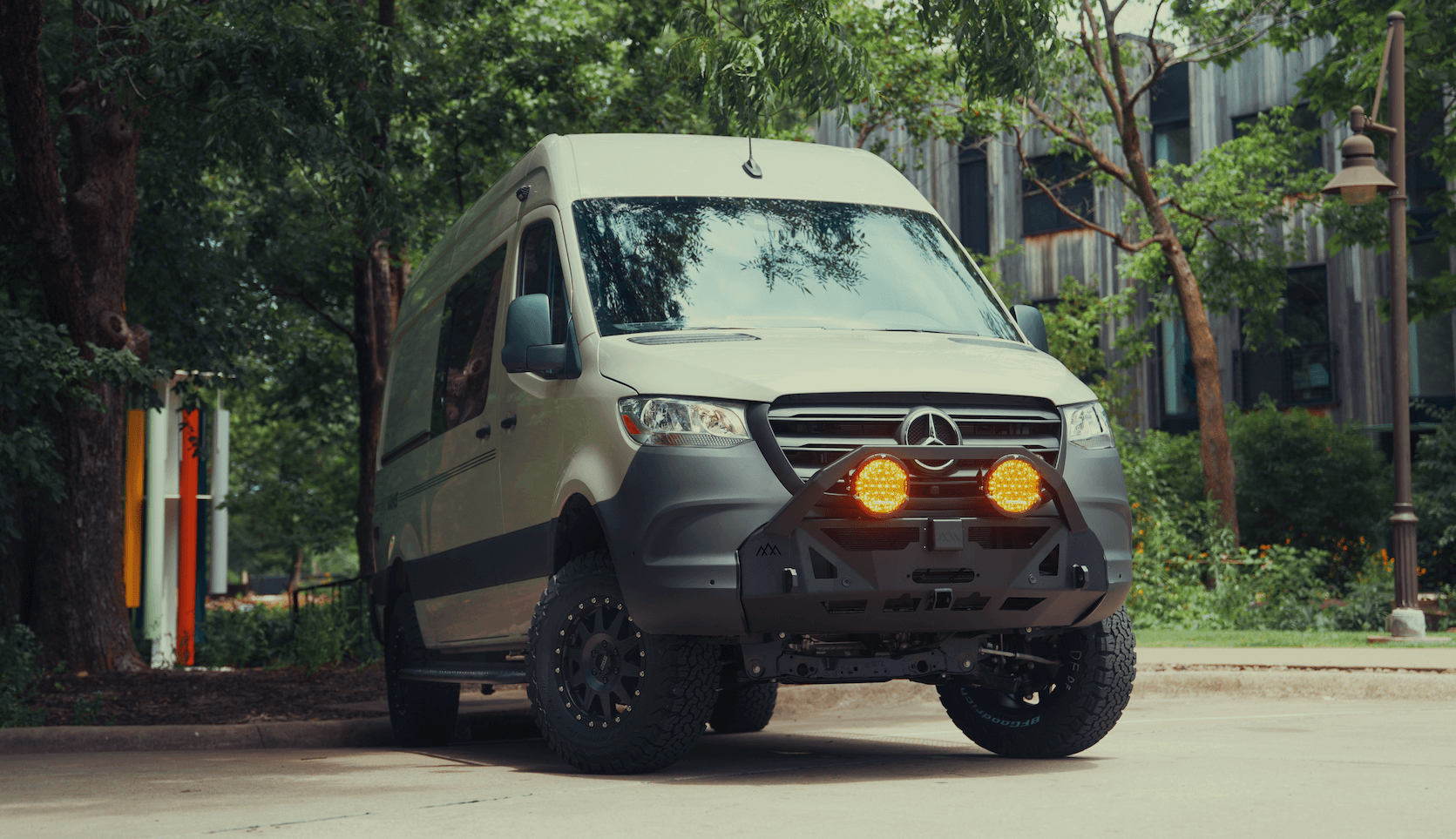Recreational Vans

Sunlight turns a van into a rolling greenhouse. Van window tinting services apply engineered films to glass that cut heat, block ultraviolet radiation, and tame glare without sacrificing visibility. The immediate payoff is comfort and consistency. The cabin stays cooler, the HVAC system works less, and everyone arrives fresher. Long term, films help protect interiors from fading and cracking, and they support safer driving by reducing eye strain during bright afternoons.
Modern films are thin laminates layered with dyes, metals, carbon, or ceramic particles. Each layer targets a different problem. Some absorb or reflect solar energy, others filter infrared wavelengths that drive heat. The result is measurable performance. Look for heat rejection, visible light transmission, and ultraviolet protection ratings on spec sheets to compare options. Quality tint gives you privacy at rest stops and trailheads while maintaining a clear view from the driver seat.
A side benefit many overlook is glass integrity. Most films add a degree of shatter resistance. If a side window breaks, the film helps hold fragments together, which reduces the chance of injury and deters quick smash and grab theft. For vans that haul gear or carry family, that is real insurance.
Window films fall into several categories. Dyed films are entry level. They darken glass and reduce glare but can fade over time and they deliver modest heat rejection. Metallized films embed microscopic metal particles that reflect energy well but can interfere with cellular or GPS signals in some vehicles. Carbon films improve heat rejection and do not fade like dyed films. Ceramic films are the current benchmark. They use non conductive nanoparticles that reject a high share of infrared heat without adding reflectivity or signal interference.
When comparing films, the numbers matter:
Do not fixate on darkness alone. A lighter ceramic film can outperform a darker dyed film in heat rejection. Match VLT to visibility and legal rules, then compare IR and TSER to gauge real thermal performance. Ask for data sheets, not just shade names.
Tint rules vary by state and often by window position. Many states allow darker films on rear passenger and cargo windows while requiring higher VLT on front doors to preserve outward visibility for law enforcement and safety. Front windshields are typically limited to a visor strip or a very light film above a certain line. Some states also regulate reflectivity. Because vans cross borders, choosing a compliant setup that works across your most common routes will save headaches.
The best results come from professional installation. A trained installer will measure and clean glass, remove trim if needed, computer cut film for a precise fit, heat shape curved sections, and squeegee out moisture without contaminating adhesive. They will also protect electronics, seals, and interior finishes during the process. Expect a brief cure period during which a slight haze is normal. Once cured, a quality film should look optically clear from inside.
Maintenance is simple. After cure, clean with ammonia free glass cleaner and a soft microfiber towel. Avoid abrasive pads and harsh solvents. Razor blades do not belong near the film. If edges lift, address them early before dust collects under the adhesive. Many premium films carry multi year or lifetime warranties against bubbling, peeling, and color change when installed by certified shops.
DIY kits might look tempting, yet vans have complex glass, deep seals, and large panes that amplify dust risks. Professional service shortens install time, prevents damage, and preserves warranties. The finish quality is visible every mile, so skill matters.
If your van is getting a cabin build or overland upfit, timing window film before cabinetry and electrical additions simplifies access and yields a cleaner edge. During a custom build consultation, film selection can be matched to your travel patterns, climate, and privacy needs. For example, a lighter ceramic on the front doors paired with a darker rear film can balance cooling with legal requirements and safe driving visibility. In Fayetteville Arkansas and across Northwest Arkansas, temperatures swing fast. High IR rejection ceramic film can help stabilize cabin comfort on long approaches to trail systems and remote campsites. Integrating tint with insulation, ventilation, and shading strategies multiplies real world comfort.
OZK Customs approaches upgrades as a system. Film choice sits alongside roof ventilation, thermal management, and power needs so the whole van works together. That is how you avoid dark glass that still runs hot or a cool cabin that sacrifices night time visibility. Get tint right and your van feels settled mile after mile.
and next steps
Bring your goals, routes, and use cases. We will spec a film package, plan installation timing, and fold it into your broader van build or upfit so the final result looks clean and feels calm on any road. Start the conversation today.
We build complete custom vans and partial upfits for recreational travel, overland use, and commercial applications. Our team in Fayetteville Arkansas can coordinate tint selection and installation within your project timeline, advise on legal limits, and pair film choices with ventilation and insulation for balanced comfort. Fill out the form to begin your OZK Customs consultation.
Ready to dial in comfort, privacy, and protection with the right window film as part of your van build or upfit? Tell us how you travel and we will spec a film package that balances heat control, legal limits, and clear visibility. Submit the form to start your OZK Customs consultation and leave with a van that feels cool, looks clean, and fits your adventures.
ADDRESS:
6159 E Huntsville Rd, Fayetteville, AR 72701
PHONE:
(479) 326-9200
EMAIL:
info@ozkvans.com